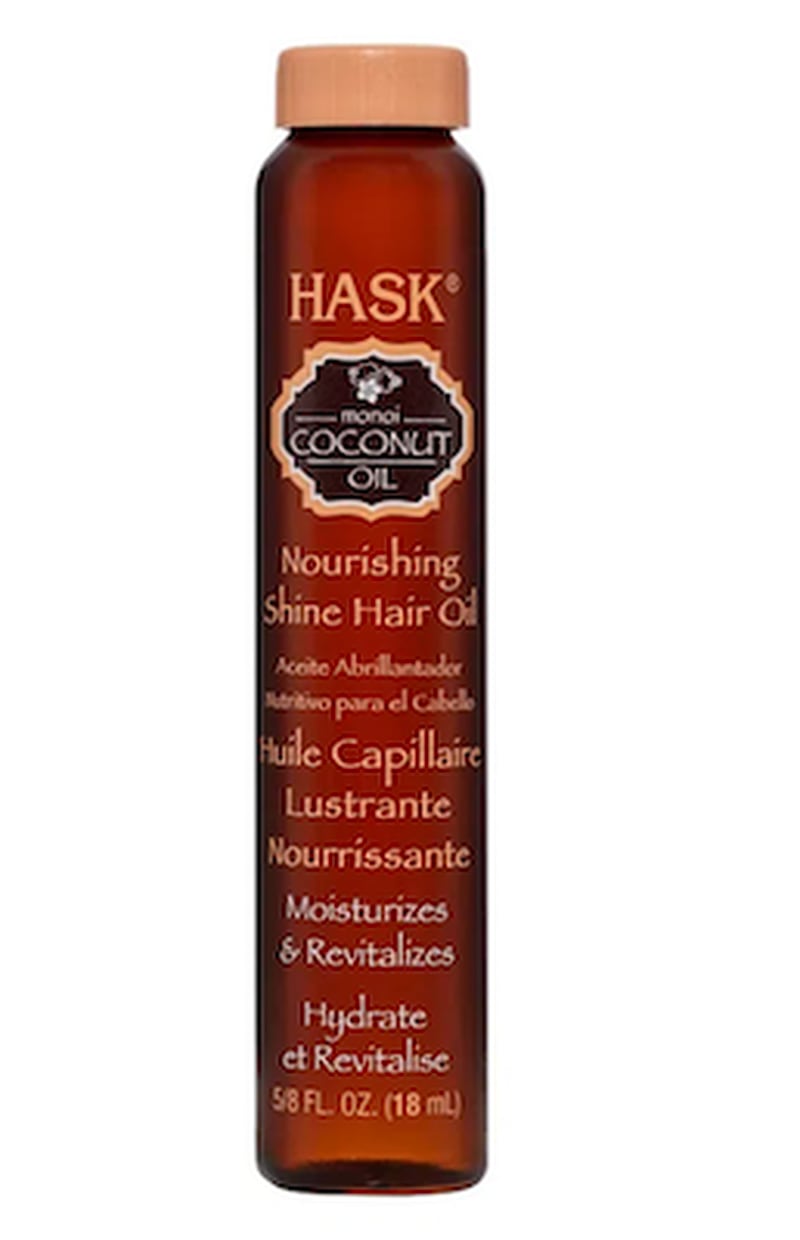Dying will always be some kind of hair invasion, but there are many products on the market today that can make the procedure less harmful.
In recent years, technology has advanced enormously and so that it is not bread for today and hunger for tomorrow, it is essential to be aware of this evolution and thus maintain not only the appearance, but also hair health.
In this regard, the first thing to understand is that there are several dyeing techniques. The hairdresser and owner of Mi Jacarandá (@mi_jacaranda ) Andrea Silva explains: “There are dyes that cover gray hair 100%. There are also toners that shade gray hair, as some don’t take color perfectly; they remain as traces and then only growth appears. And finally there is henna, which also tones and most of the pigments wash out. Ammonia dyes dry out the hair a lot, so – if it is not protected or not well maintained – the hair can be damaged after use, so in these cases it is always advisable to supplement it with hydrating massages and/or nutrition. German clinic dermatologist Dr. Francisca Daza (@franciscadazadermatology ) refers to the same subject: “It is recommended to choose dyes without ammonia, because they are the ones that cause the most damage. Another substance that can also be considered “harmful” is PPD (paraphenylenediamine). PPD is a molecule that intervenes in the color change, but due to its aggressiveness, the regulations do not allow it to constitute a certain percentage of the dye, otherwise it could affect the skin and cause allergies.
What happens when you dye your hair?
For this, it is necessary to understand the structure of the hair, composed (from the inside out) by the medulla, the cortex and the cuticle. “What technically happens when the hair is dyed is that the cuticle opens, the pigments enter, the cuticle closes and the pigment remains stuck to the cortex of the hair”, specifies Andrea Silva.
Before dyeing, it is important that the hairdresser checks the condition and the firmness of the hair: “From there we proceed, choosing a dye in relation to the quality of the hair. The toners are soft, so they don’t deteriorate as much. The old dyes, with ammonia, are stronger. Additionally, there are new oil-based technologies that leave some hair feeling soft and hydrated, but are not suitable for oily hair because they can aggravate sebum.”
Despite the aesthetic reasons why people choose to dye their hair, the procedure has effects that can sometimes be detrimental: “The hair will change and in many cases it will oxidize”, explains Andrea, “but you have to always consider that everyone is different and can react differently.” Hairdresser Diego Marcon (@diegomarcon ) adds: “If it’s a very extreme discoloration, the cuticle can remain very open and often causes a change in the texture of the hair fiber.”
You should also consider the medical aspects when dyeing. Dr. Daza specifies: “It is important to remember that it is recommended for people suffering from allergies or irritation of the scalp or certain pathologies such as psoriasis, severe or severe alopecia, of inflammatory cause, do not dye.” The specialist also demystifies the myth according to which the dyes could give a risk of cancer: “It is not true, nothing has been proven on this subject. The products they sell now are much purer, they used to contain a lot of ammonia”, but the dermatologist also advises to dye your hair as little as possible.
Some expert recommendations:
– After the procedure, it is essential to use a shampoo suitable for colored hair. Andrea Silva points out: “For example, if you use a deep cleansing shampoo, you are doing the color a disservice. In the case of having oily hair, it is necessary to have a very good setting, because in general shampoos for oily hair are quite astringent and “sweep” a lot”.
– Specialists advise moisturizing the hair more than usual when dyed, using oils for example. “You can use olive, coconut, or almond oil as a night serum,” says Andrea. It is also good to perform hair massages after dyeing.
– And, of course, it is always advisable to consult an expert when dyeing your hair: “It is the professional who has the knowledge to assess what type of process can and cannot be carried out; like, for example, who understands how far you can go with bleaching without exposing your hair too much, ”concludes Diego Marcon.
Sulfate-Free Shampoo for Dyed Hair by Natur Vital
Shampoo for colored hair ideal for maintaining the health of the hair and protecting it with a sulfate-free formula, reviving the tone and giving it greater hydration, softness and shine. In addition, its formula contains a UV filter.

Colored conditioner Le Petit Olivier
With argan oil and pomegranate extract, it nourishes, repairs, protects and prolongs the color of dyed or highlighted hair.

Redken Lamellar Water Extreme Bleach Recovery
Rinse treatment that fills hair porosity, bringing shine and softness to bleached and damaged hair.

Hask Monoi Coconut Oil
A lightweight, alcohol-free oil that absorbs instantly to deliver frizz-free, residue-free shine. Moisturizes, softens and revitalizes.

Make-up remover wipes for marine hair
Disposable cleansing wipes that remove dye stains from hands, face and neck, providing a quick and gentle cleanse on the skin.

Source: Latercera
I’m Todderic Kirkman, a journalist and author for athletistic. I specialize in covering all news related to sports, ranging from basketball to football and everything in between. With over 10 years of experience in the industry, I have become an invaluable asset to my team. My ambition is to bring the most up-to-date information on sports topics around the world.


